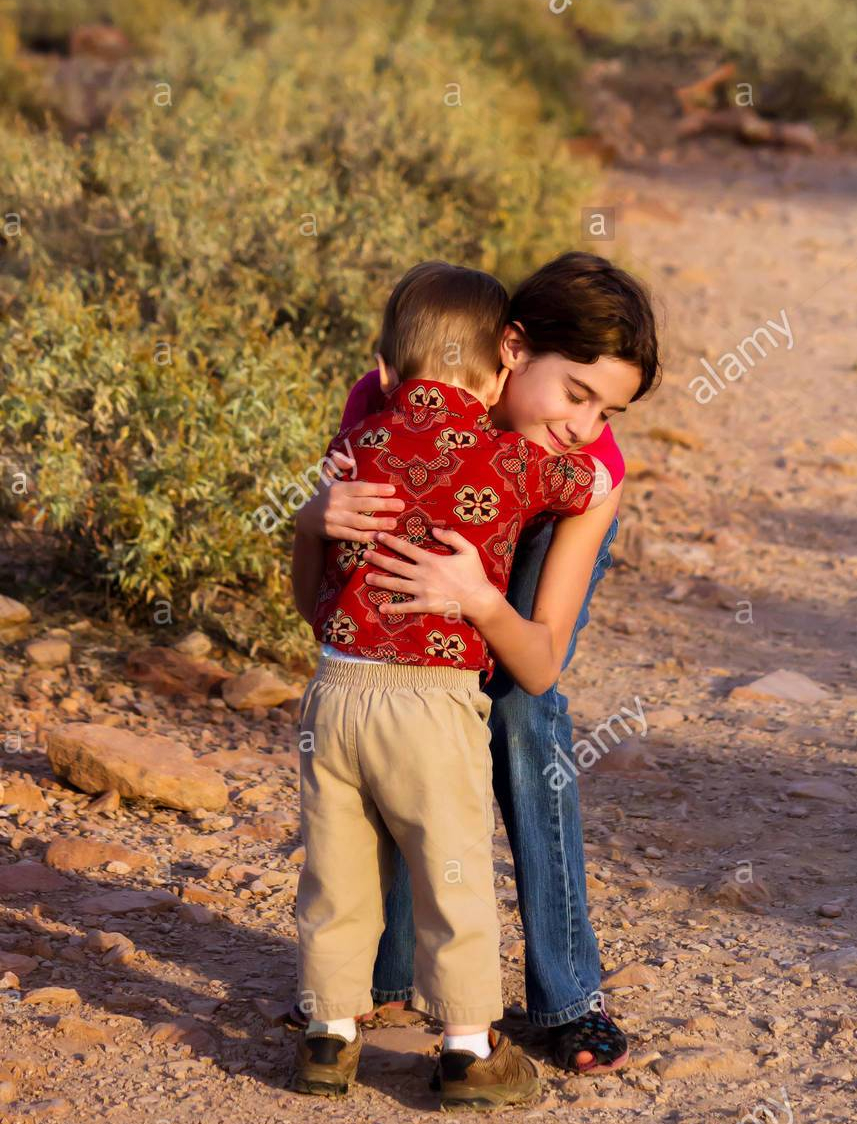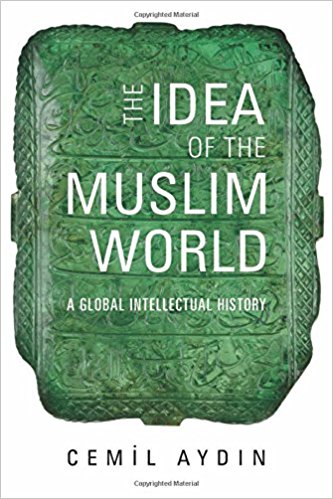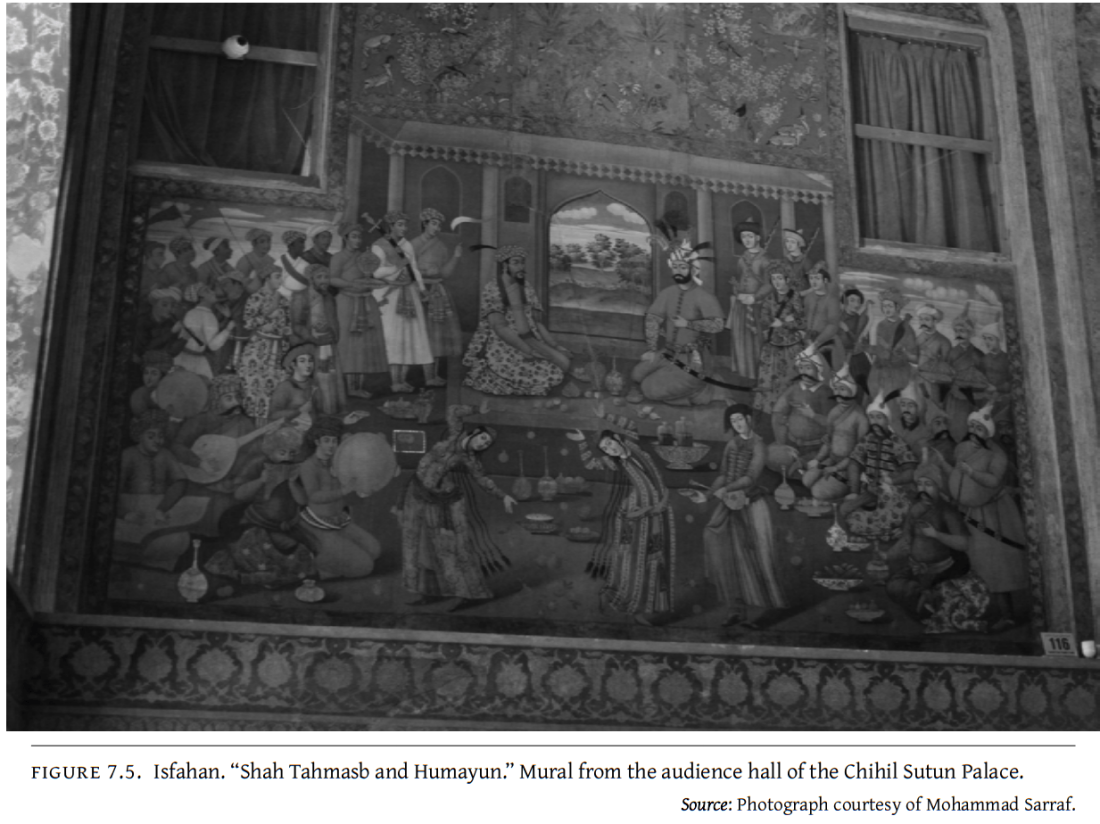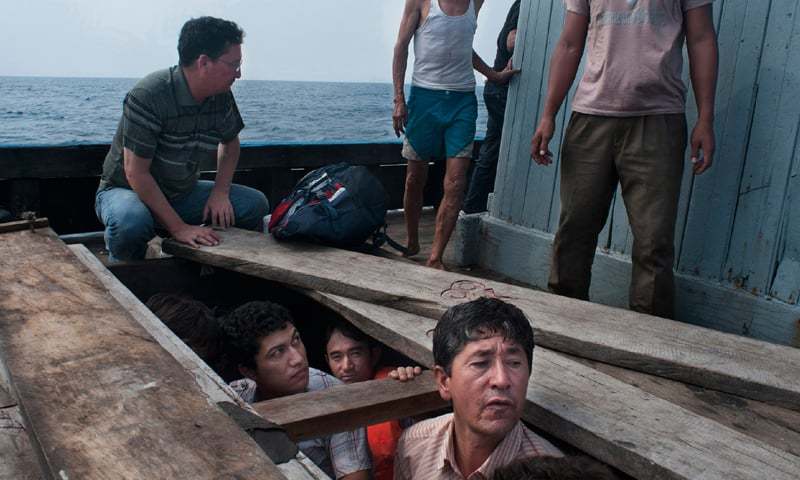
Photo credit: Church and State[1]
“Every person, however slightly he may be acquainted with the affairs of our time, sees clearly the actual inferiority of Mohammaden countries, the decadence of the states governed by Islam, and the intellectual nullity of the races that hold, from that religion alone, their culture and their education”
(Ernest Renan, 1983. Paris)
As I was educated in the public education institutions in Pakistan, the first chapters of our science books, from biology to chemistry, almost invariably explained the strong connection that there supposedly is between Islam and science. Quotations from the Quran, sayings of the Prophet Muhammad as well as accomplishments of Muslim medieval scientists formed the body of the first chapter. My teachers were inconsistent in the description of this relationship though. Some would argue the text book authors should not use the word ‘inventors’ for these (or any, for that matter) scientists because ‘creation’ is reserved for Allah. Others were bent upon proving that Islam was the most rational religion, the most scientific, and that current scientific advancements only realize what Islam had already forecast 1,400 years ago. Since not a single question from this chapter made its way into the final exam, a pattern I strategically observed as a student, I was not sure why this apparently short and harmless chapter resulted in such debates.
After reading French orientalist, Ernest Renan’s proposition in 1983 about Islam and Muslims being ‘thousands league from all that can be called rationalism’[2] I realized where the terms of this still ongoing debate come from. Renan threw an intellectual challenge to Muslims scholars by asserting that Islam is incompatible with science, and after 135 year, this debate still continues to draw considerable attention of Muslim and non-Muslim scholars of the Middle East and Islam. Scholarly challenged as it is, this style of thinking still continues to form basis for Islamophobia and hence, distort objective understanding of Islam and Muslims not only for non-Muslims but also some Muslim modernists who would argue that an outright rejection of Islam is mandatory before Muslim societies can advance.
Renan expresses his conviction of Islam not as a faith but as a racial construct. “Mohammedan faith is so strong, that all differences of race and nationality disappear by the act of conversion to Islam. The Berber, the Sudanese, the Circassians, the Malay, the Egyptians, and the Nubians, once they have become Mussulmans, are no longer Berber, Sudanese, Egyptians etc.; they are simply Mussulmans”[3], as he puts. As his choice of adverb tells, he is rather simplistic to assume Islam is a magic spell that immediately removes all historical, cultural, and socio-geographical realities. To this generalization, he only treats Persians as exception. This can be explained by Renan’s conviction of Aryan racial supremacy[4]. “Renan had in some ways imposed on the university circles the pro-Aryan thesis of Arthur de Gobineau of the ineptitude of the Semites in arts and sciences”, Guida adds.
When Renan writes a few paragraphs of admission and admiration for contributions of the Muslim scientists between 775 to 13th century, he questions if there is anything ‘Arab’ in them? The only civilizational link between Islam and these scientific accomplishments Renan finds is the Arabic language which he categorically decrees insignificant. Guida is quick to highlight Renan’s double standards since Renan was also a philologist believing in the integral role of languages. “The stress on language is relevant because Renan, as a dedicated philologist, believed that language determines the spirit of its people”, Guida notes.
Referring to the work of medieval Muslim scientists like Al-Kindi, Avicenna, Averroes, Renan cleverly removes this vast bunch of scholars from what he understands as Islam, Muslims, or Islamic. “The splendid advance in learning is entirely the work of Parsees, of Christians, of Jews, of Harranians, of Ismaelians, of Mussulmans in internal revolt against their own religion”, he adds. There is no denial about the effective contribution of ‘committed minorities’ in all societies at all times, however, I would borrow Shahab Ahmed’s argument from ‘What is Islam?’[5] to suggest there is everything Islamic about the most rebellious of these figures. Islam is not merely the text, the dogma, or the Sharia but the society together with all its rebels, the clergy and all their challengers, the rationalists and the conservatives, all are equally Muslim/Islamic.
In response to Renan, I was impressed by the scholarly humility and the arguments presented by Jamal Al-Din Afghani in his rebuttal. Interestingly, Jamal Afghani was in Paris when Prof Renan presented his thesis. In his rather respectful as well as scholarly answer to the authoritative claims by Renan when he’s discussing a foreign culture, Afghani can be frequently seen using phrases like ‘if I am not mistaken’ and ‘so far as I know’ even though he is coming from that culture. [6] Whereas Renan suggests that a ‘…Mohammedan child … at a blow becomes a fanatic’[7], Afghani refutes by “Muslim and Arab child whose portrait M. Renan traces in such vigorous terms and who, at a later age, becomes “a fanatic, full of foolish pride … belongs to a race that has marked its passage in the world, not only by fire and blood, but by brilliant and fruitful achievements that prove its taste for science..”[8]
Afghani’s strong challenge to Renan comes when he questions his treatment of Islam as a unique faith, different from other world religions. “If it is true that the Muslim religion is an obstacle to the development of sciences, can one affirm that this obstacle will not disappear someday? How does theMuslim religion differ on this point from other religions?”[9], he curiously inquires.
Finally, he nails it down with his articulation: “I cannot keep from hoping that Mohammadan society will succeed in breaking its bonds and marching resolutely in the path of civilization someday after the manner of Western society, for which the Christian faith, despite its rigors and intolerance, was not at all an invincible obstacle. No, I cannot admit that this hope be denied to Islam.”[10]
Other than Jamal Afghani, other Muslim modernists and anti-modernists have also challenged Renan’s proposition. I agree with Guida in that Namik Kemal’s response seems to be rather weak. The essentialist rhetoric of finding support for science and rationalism from the Islamic text seems to be unengaging. In Shahab’s words, it denies historical, political, and cultural realities. It also promotes the idea that there is one genuine Islam which needs to be contrasted with fake versions of Islam, as Guida concludes[11]. Unfortunately, that is how authors of the science textbooks in my home country, Pakistan, continue to think.
____________________________________________________________________________________________
[1] N4CM. 2017. “Why Does the Muslim World Lag in Science?” Church and State (blog). November 23, 2017. http://churchandstate.org.uk/2017/11/why-does-the-muslim-world-lag-in-science/.
[2] Renan, Ernest, and William G Hutchison. 1896. The Poetry of the Celtic Races, and Other Studies,. W. Scott, Ltd. Lecture delivered at the Sorbonne, 29 March 1883
[3] Ibid.
[4] Guida, Michelangelo. 2011. “Al-Afghānī and Namık Kemal’s Replies to Ernest Renan: Two Anti-Westernist Works in the Formative Stage of Islamist Thought” 2 (2): 15.
[5] Muhanna, Elias. 2015. “How Has Islamic Orthodoxy Changed Over Time?” The Nation, December 23, 2015. https://www.thenation.com/article/contradiction-and-diversity/.
[6] Keddi, R. Nikki. 1968. “Imperialism, Science and Religion: Two Essays by Jamal al-Din al-Afghani, 1883 and 1884” Berkeley: University of California Press, 1968
[7] Renan, Ernest, and William G Hutchison. 1896. The Poetry of the Celtic Races, and Other Studies,. W. Scott, Ltd. Lecture delivered at the Sorbonne, 29 March 1883
[8] Keddi, R. Nikki. 1968. “Imperialism, Science and Religion: Two Essays by Jamal al-Din al-Afghani, 1883 and 1884” Berkeley: University of California Press, 1968
[9] Ibid.
[10] Ibid.
[11] Guida, Michelangelo. 2011. “Al-Afghānī and Namık Kemal’s Replies to Ernest Renan: Two Anti-Westernist Works in the Formative Stage of Islamist Thought” 2 (2): 15









